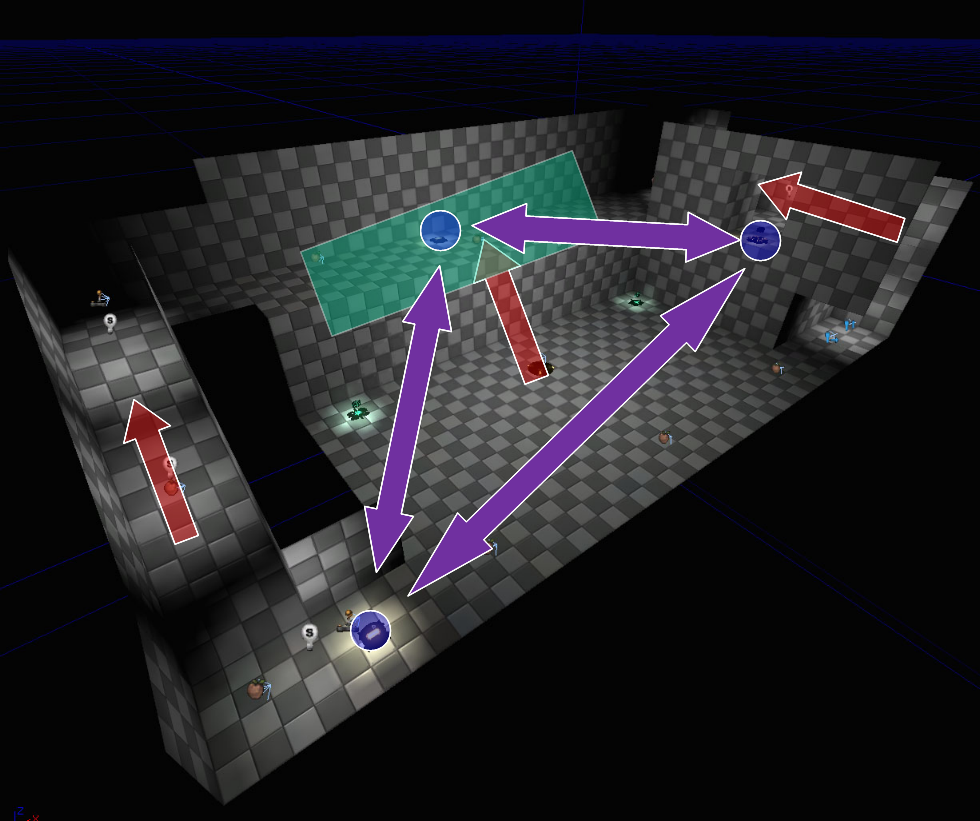Level Design in video games has a direct effect on the
player experience and gameplay as it determines the path the player takes. The
level design of a video game is without no doubt a challenging aspect as
keeping each area original is a hard task especially if that is a corridor
based action game. These type games eg Uncharted give a very linear experience
to the player especially from a game play stand point as the player never
deviates off the set course and it almost feel like a controlled experience as
everything is triggered when it needs to be and the player has to do very
little in terms of “finding your way around.” However this linear experience is
slightly broken up with puzzles which you must complete to make further
progression or cinematic set pieces for dynamic entertainment. Games such as
these are highly polished as they often have a set narrative so the art team
puts a tremendous focus on the quality of these levels by having interesting
designs to try and capture this experience; despite the fact that you are
inevitably running through corridor like level.
There are also other games such as Skyrim, Red dead
Redemption and games such as these offers a sandbox level design. This
essentially means that the player can roam anywhere and there isn’t a strict
path to your destination. These games are becoming more and more popular due to
the free roaming/ exploration aspect which often offers a more immersive
gameplay and more importantly the quality of these games are improving, as they
are visually getting as good as corridor based action games. These sandbox
games typically offer a very open world with numerous interest points and
various challenging areas to keep the experience spontaneous and most of all an
extensive quest list which allows/forces the player to explore numerous areas
of the game.
The level design in general consists of a concept art which
starts from an idea to get the overall feel and mood of the area. It is also
important to get ideas and mood board s and possibly even set rules which you
might want to break or set specific visual targets, although this usually comes
slightly later in the pipeline. Once the concept art is done there’s are
usually tighter more refined sketches and rendering to better illustrate the
idea and these often follow a specific art direction. While this is happening or start after it there
is usually a block out of the environment being done to give a sense of scale
or perhaps work could get started on gameplay. These blockouts could also be
used for paint overs to get a sense of the playable space so the art team could
revisit areas which could be further developed and integrated. I guess level design
is a balancing act and the level is usually managed by working in passes to ensure
all areas of the environment are worked on evenly.



No comments:
Post a Comment